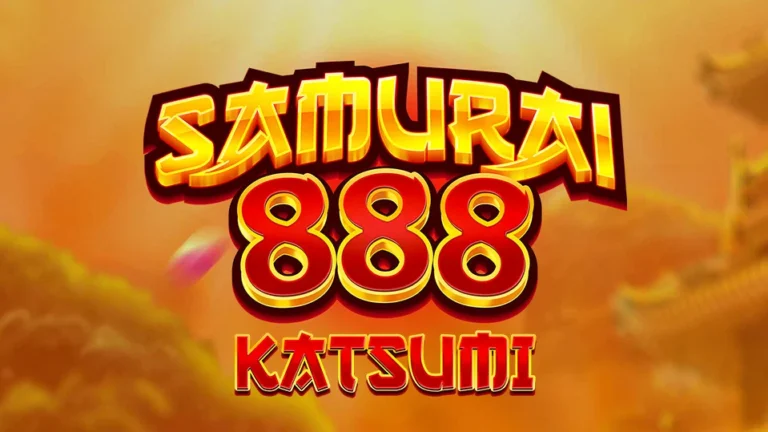
Solstice Celebration Slot
The solstices are not merely astronomical phenomena; they carry profound spiritual and symbolic significance across different cultures. Each solstice represents a unique point in the cycle of life, encapsulating themes of rebirth, transformation, and the interconnectedness of all beings. This section delves into the multifaceted spiritual interpretations and symbolic meanings associated with both the winter and summer solstices.
Ancient Beliefs and Solstice Celebration Slot
The spiritual significance of the solstices finds its roots in ancient beliefs and cosmologies Rikvip.
Mythological Narratives
In many cultures, the winter solstice is perceived as a time of rebirth. Various mythologies present narratives of death and resurrection that are linked to the sun’s return. For instance, in Norse mythology, the god Baldr represents light and purity, and his death during winter signifies the dark half of the year. However, his rebirth during the summer solstice symbolizes the return of light, echoing themes of hope, renewal, and the cyclical nature of existence.
Similarly, in ancient Egypt, the solstice was crucial in the context of the Sun God Ra. The pharaohs, seen as divine rulers, would align their reign with celestial events. The winter solstice marked a time of reflection and renewal, heralding the lengthening days and the arrival of the fertile Nile floods, essential for agriculture—therein symbolizing the interconnectedness of the divine and natural realms.
Cultural Reflections on Transferability
These mythological narratives are more than simple stories; they capture profound truths about human existence, providing insights into our relationship with the cosmos. Through shared experiences of seasonal changes, communities have woven these tales into the fabric of their beliefs, reflecting universal themes, such as the struggle against darkness and the hope for light—mirroring the cycles of life itself.
Rituals and Practices
Across cultures, solstice rituals exemplify the blend of spirituality, community bonding, and reverence for nature.
Seasonal Ceremonies
Winter solstice ceremonies often involve bonfires and feasting. For example, in many Native American cultures, the Christmas season symbolizes the return of the sun. Fire in these rituals holds a vital role, representing purification and a call for the sun’s return as well as a way to gather as a community. The warming flames embody the promise of life and growth in the following seasons.
On the other hand, summer solstice rituals frequently incorporate water to symbolize abundance and fertility. For instance, in Hinduism, the performance of the Ganga Dussehra festival celebrates the descent of the Ganges River and marks a time for reflection and gratitude. These rituals tie people to the land, invoking gratitude for nature’s gifts while allowing them to collectively engage with the spiritually charged environment.
Significance of Symbols
Rituals surrounding the solstice often engage powerful symbols that transcend individual cultures. The sun, often depicted as a life-giving figure, is celebrated through offerings, prayers, and artistic expressions. The use of symbols—such as the circle representing eternity and completeness, Solstice Celebration Slot or fire symbolizing transformation—further reinforces the connection between the physical and spiritual world.



